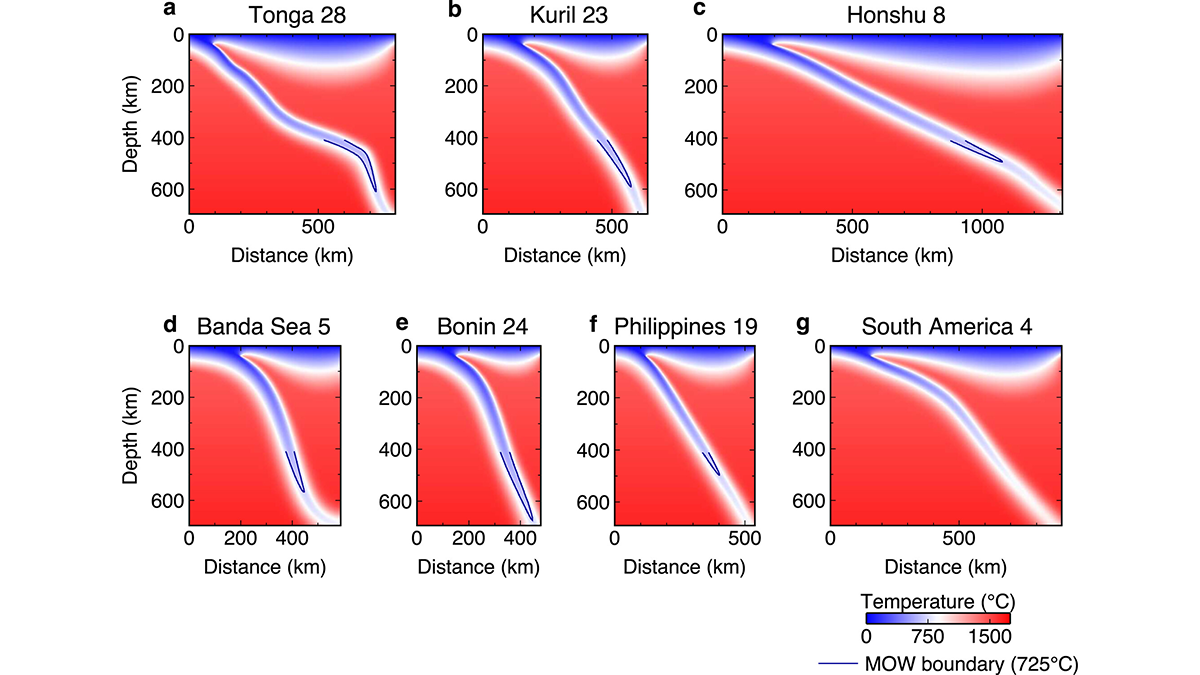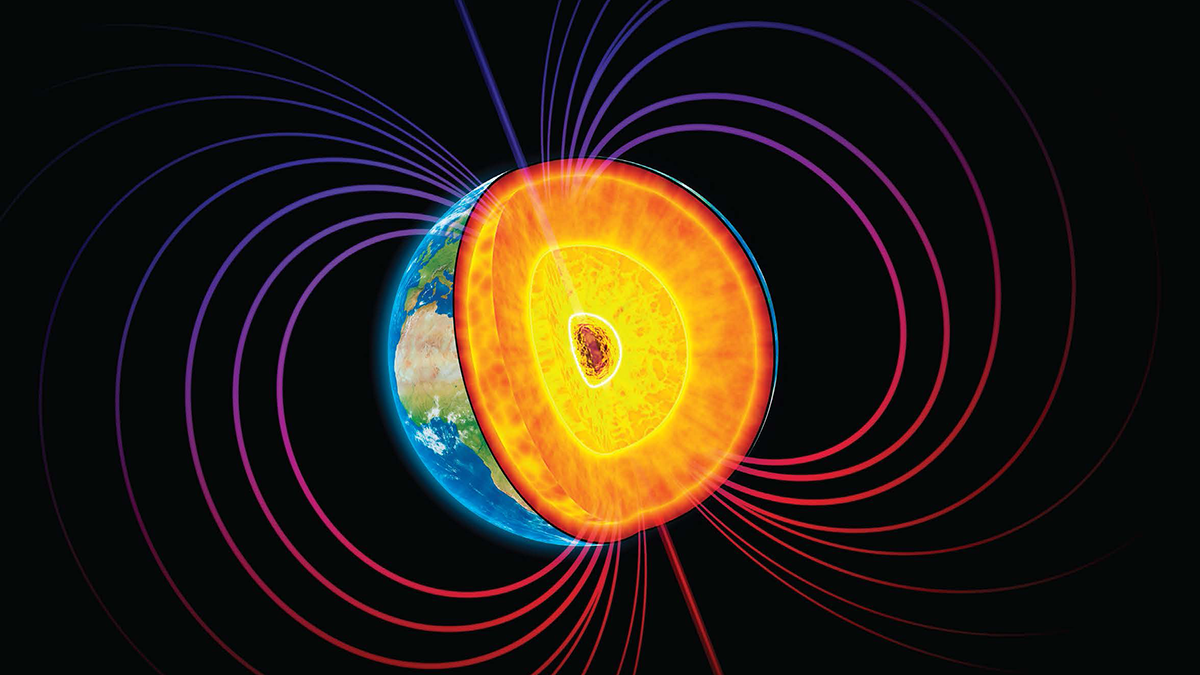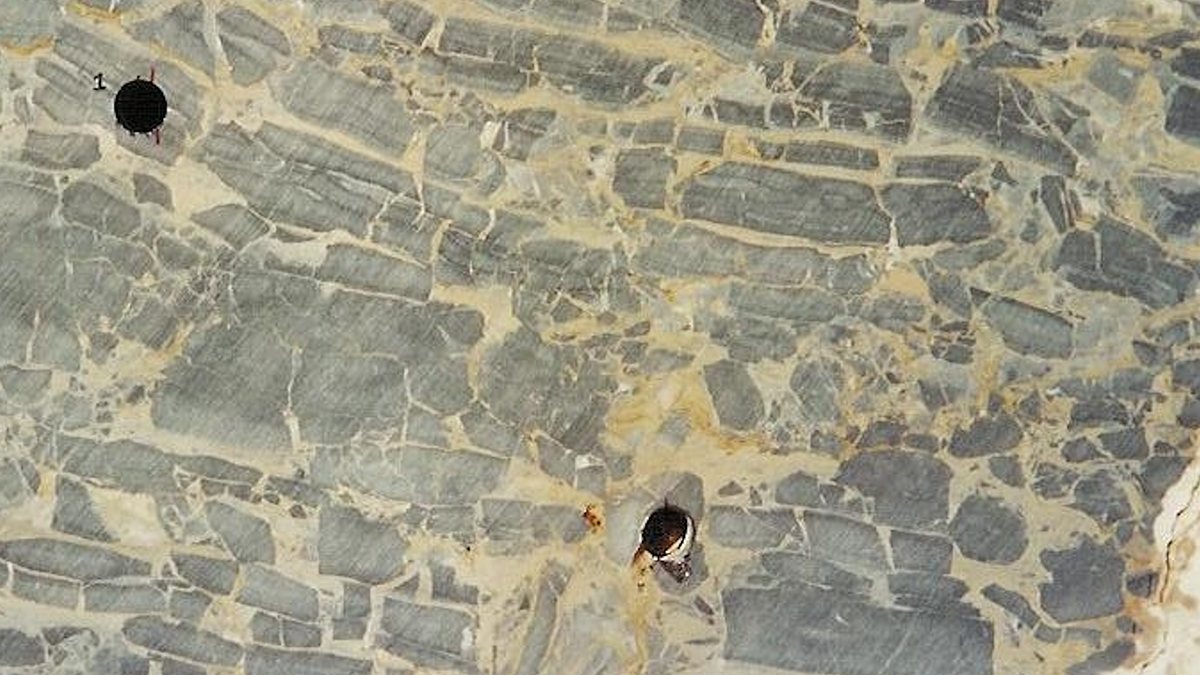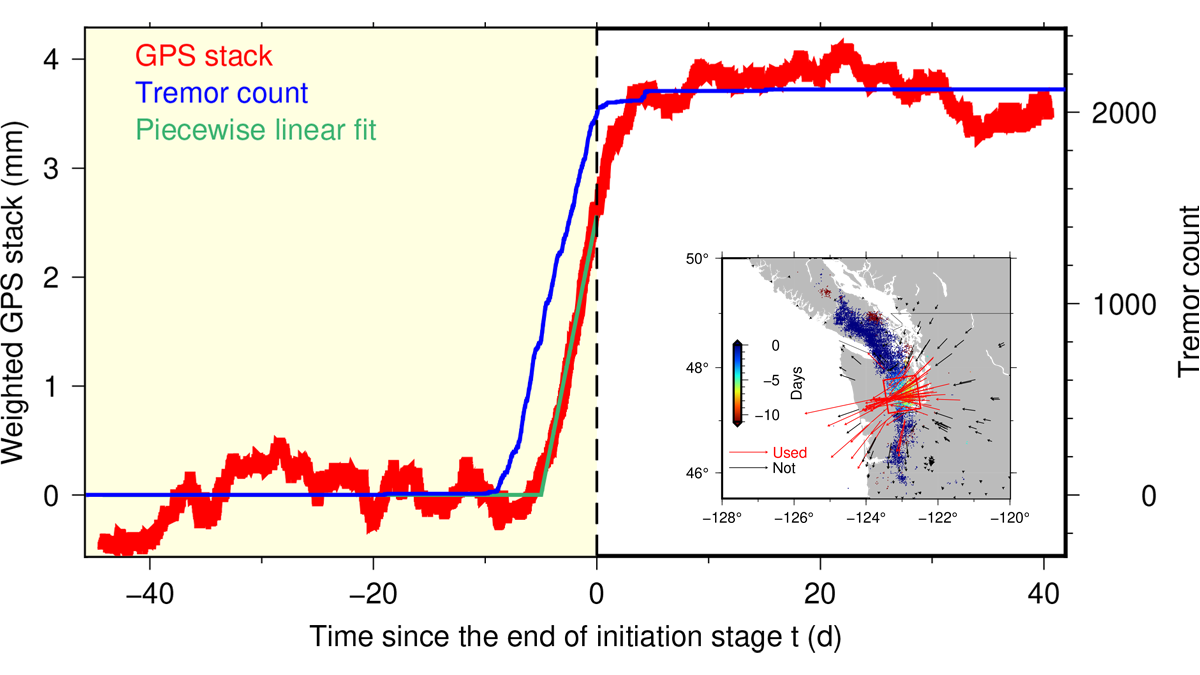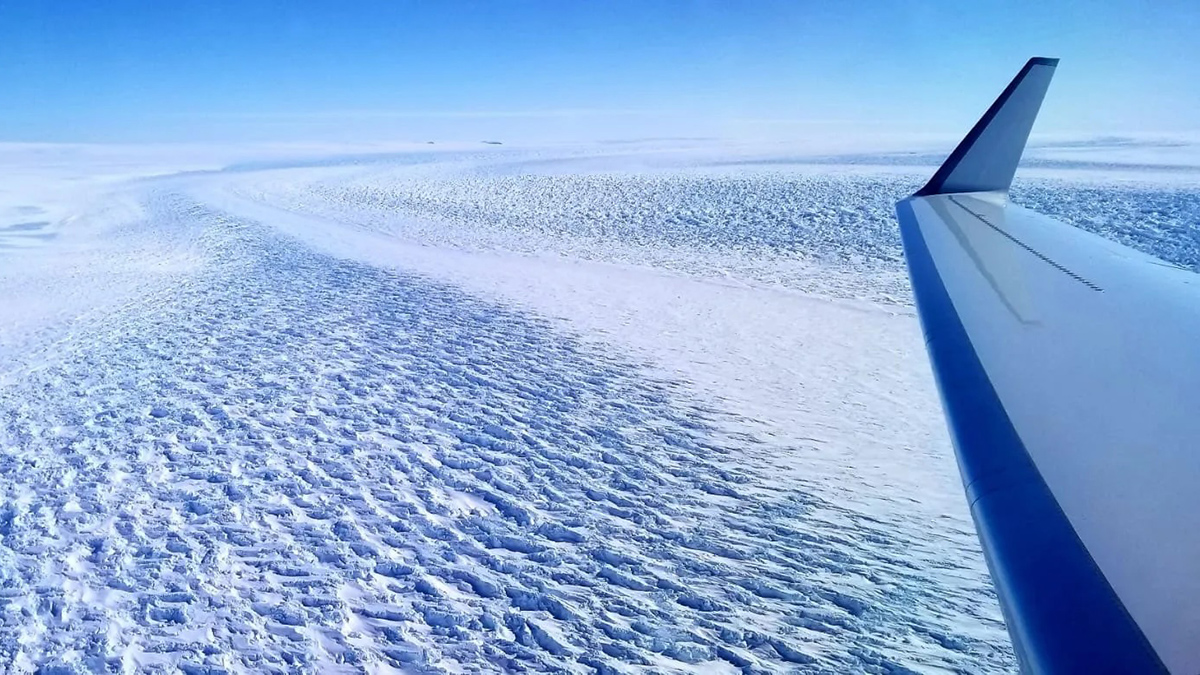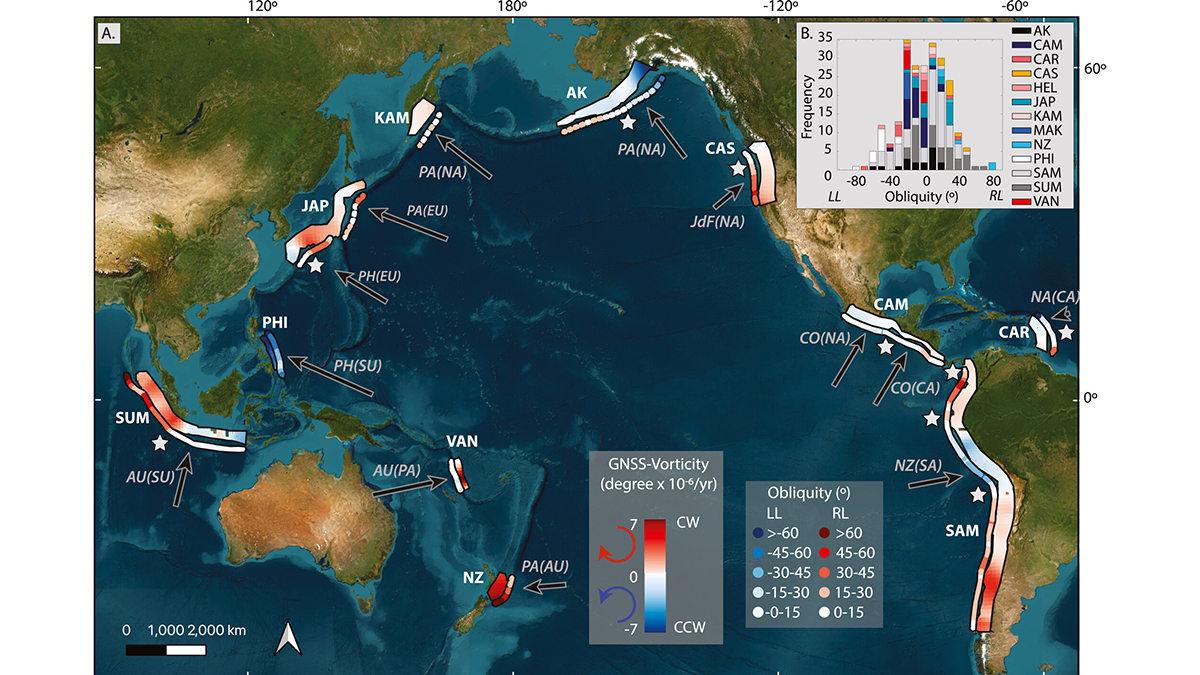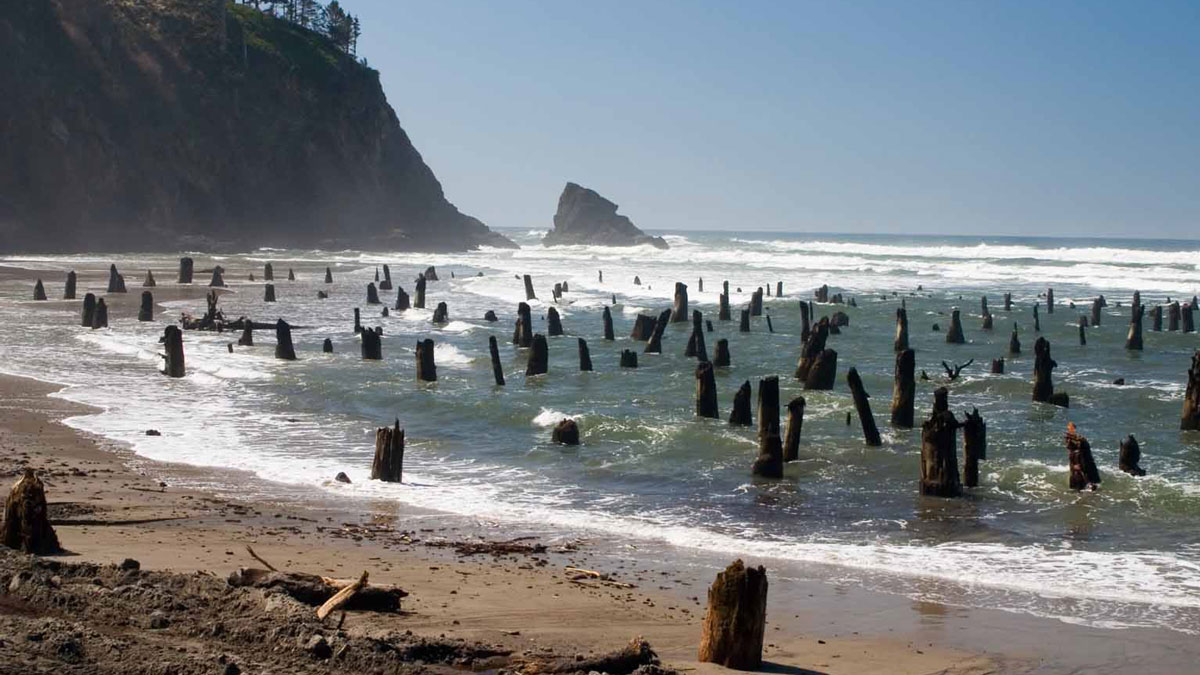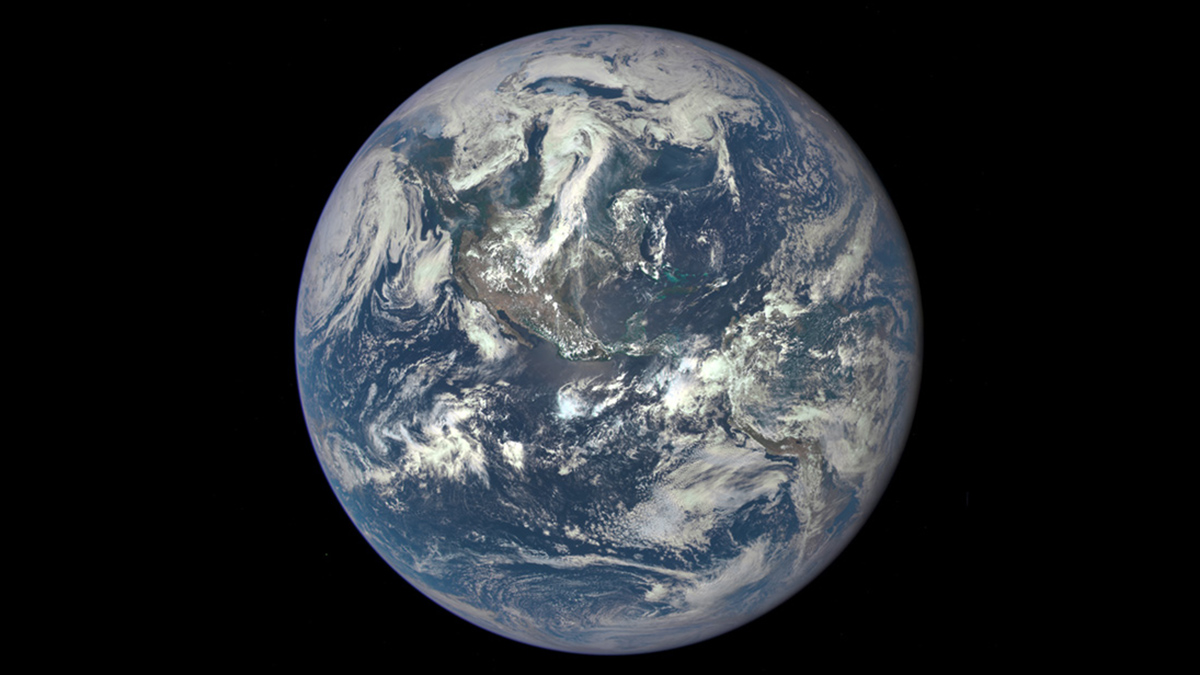By analyzing forty deep earthquakes around the world, researchers discover the key role of a dual mechanism that allows earthquakes to grow larger and release more stress.
plate tectonics
An Earth System Science Approach to Geophysics
With an underlying universal theme of convection, a new textbook introduces upper-level geology, geophysics, physics, and engineering students to the geophysics behind the Earth System.
Remagnetization Illuminates Tectonic Consolidation of Megacontinents
New rock and paleomagnetic research give evidence for prolonged heating during the Cambrian-Ordovician tectonic consolidation of West Gondwanaland.
How (Slow) Earthquakes Get Going
Non-volcanic tremor ramp up precedes slow slip in Cascadia by about a day, indicating that brittle-creeping process interactions control nucleation.
A Seafloor Spreading Slowdown May Have Slashed Sea Levels
Between 15 million and 6 million years ago, a drop in ocean crust production may have lowered sea level by 26–32 meters.
Skewed Subduction Shear Zones
A global reanalysis of both short- and long-term deformation clarifies how obliquity affects strain partitioning in convergent plate boundaries.
How to Build the World’s Highest Mountain
The rocks of Mount Everest’s peak made an epic journey from seafloor to summit.
Modeling the Long and Short of Subduction Zones
A new subduction model could reveal important insights about megathrust earthquakes.
Nevada tiene montones de litio. Esta es la razón.
Nevada se está convirtiendo en un gran productor de litio, gracias a la topografía, el clima y la serendipia geológica.
Scientists May Have Found Another Viscosity Shift in the Mantle
The proposed distinction could improve Earth models.

